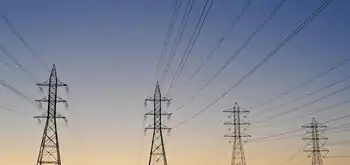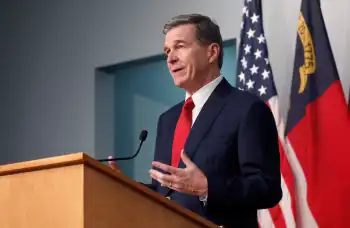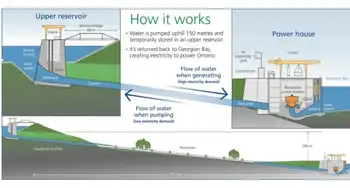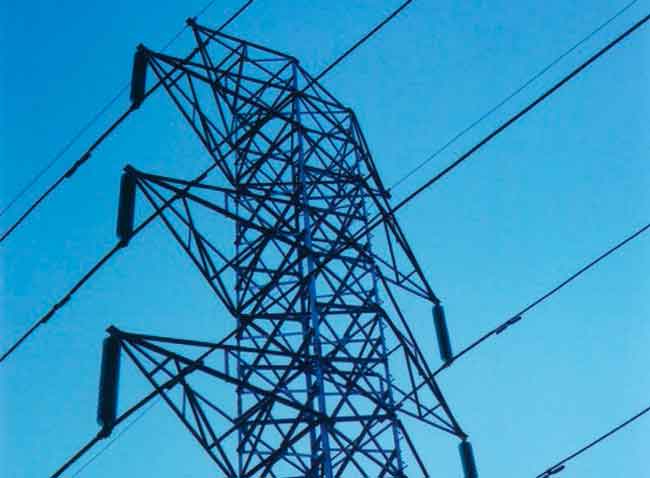OPG quarterly profit reaches $259 million
By Toronto Star
NFPA 70e Training
Our customized live online or in‑person group training can be delivered to your staff at your location.

- Live Online
- 6 hours Instructor-led
- Group Training Available
The profit for the three months ended September 30 was an improvement on the $142-million net loss for the same period of 2008.
However, OPG said the profit was due mainly to its investments, while its operations were hit by reduced demand for electricity and lower margins.
OPG's revenue fell to $1.3 billion, down nearly $200 million from the third quarter of 2008.
"Operational results were significantly affected by a reduction in electricity demand in Ontario and lower spot market prices, which substantially reduced revenue," Tom Mitchell, the company's president and CEO, said in a statement.
He added that OPG is "committed to operating prudently and efficiently, and on identifying cost reduction opportunities."
Third-quarter income before interest and income taxes from OPG's electricity generation business segments was $219 million in 2009 compared to $262 million in the same period of 2008.
The big year-to-year improvement was at OPG's regulated nuclear waste management segment.
It had $96 million in income before interest and income taxes in the third quarter of 2009 compared to a loss of $340 million in 2008, an increase of $436 million primarily due to higher earnings from its investment funds.
The July to September period had the second consecutive quarterly profit for OPG, which had losses for three quarters spanning July 2008 through March 2009. OPG returned to profitability in the second quarter of 2009, when it had net income of $306 million.
During the July-September quarter, OPG generated 22.6 terawatts of electricity, 17 per cent less than in the third quarter of 2008, which predated the recession that began in Canada in October 2008.
OPG said that the reduced power output was mainly at its fossil-fuelled generation stations. In addition, unregulated hydroelectric generation declined by 0.7 TWh but that was offset by an equivalent increase in nuclear production as a result of fewer unplanned outages at the Pickering B station.
The Liberal government of Premier Dalton McGuinty has promised to get rid of Ontario's coal-fired electricity plants, although the deadline for doing so has changed several times. The target is currently 2014.











